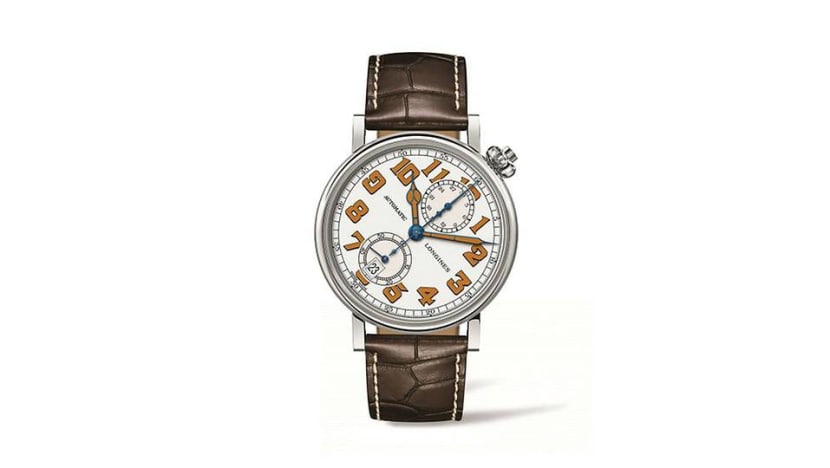Everything you need to know about chronographs
One of the most common complications among watch makers, the chronograph’s straightforward function belies its complexity.
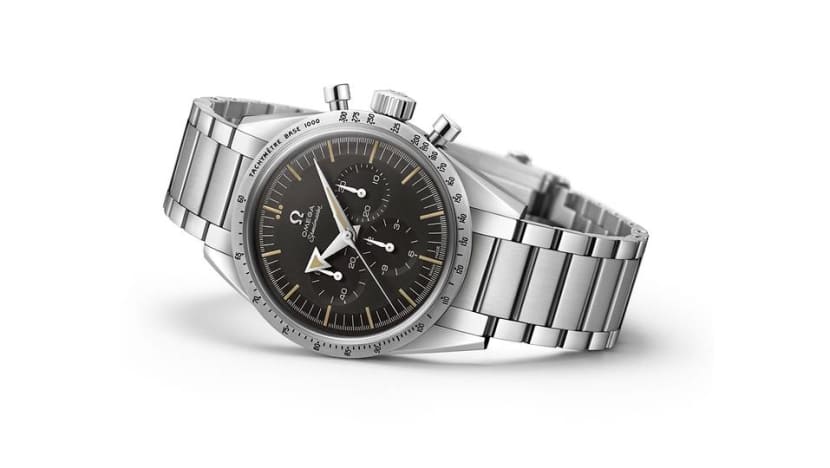
The Omega Speedmaster is one of the most iconic chronographs in the world today. (Photo: Omega)
SINGAPORE: After the simple date display, the chronograph is probably the most common complication among watches out there. Essentially a stopwatch that’s integrated into a timepiece, the modern chronograph was invented by Louis Moinet in 1816, but took over a century to evolve into its present form(s). Be careful not to confuse the chronograph with the chronometer – the former is the complication being discussed here, while the latter refers to highly accurate watches that have passed certain criteria for timekeeping precision.
CHRONOGRAPH BASICS
The typical chronograph is a series of wheels, levers, and other such components that are arranged to form a separate gear train which “branches off” from the main one. When activated, this second, parallel gear train draws energy from the main “chain” to drive its own independent set of hands and measure elapsed time. This independence is important – the chronograph’s ability to be started, stopped, and reset is what makes it so useful.
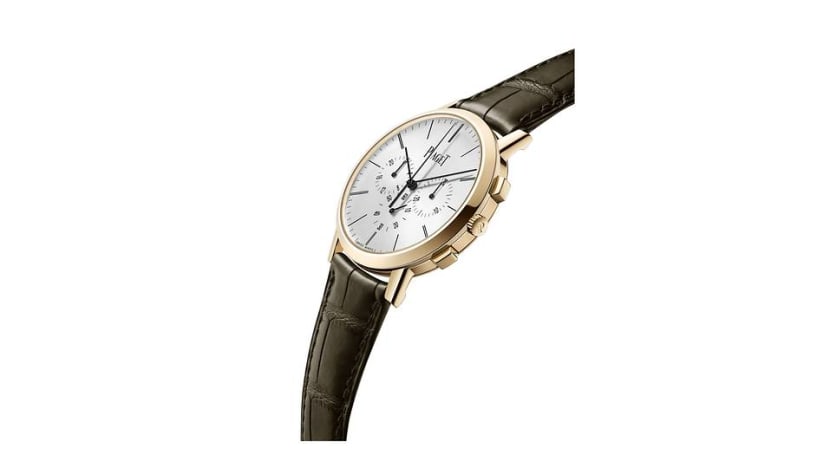
The chronograph’s seemingly straightforward function of measuring elapsed time belies its complexity. Watchmakers such as Kari Voutilainen have commented that it is actually more difficult to assemble than a tourbillon, the typical example of high watchmaking. The challenge lies in the adjustments necessary – separate chains of events are occurring in the watch movement simultaneously each time the chronograph’s pushers are actuated, and these can only happen smoothly with proper assembly.
ACTIVATION AND TRANSMISSION
Chronographs are defined by two important technical features: The actuation mechanism, and the coupling mechanism.
The actuation mechanism determines how a chronograph is started and stopped. Think of it as the on/off switch, if you will. The two main variants of this category today are cam actuation, and the column wheel. A cam actuation system engages the chronograph mechanism by moving a series of levers and cams horizontally when the pusher is depressed. The column wheel, on the other hand, is a component that’s shaped like a castle turret. Pressing the pusher causes the column wheel to rotate, and a little “finger” is alternatingly lifted and lowered to achieve the same effect.
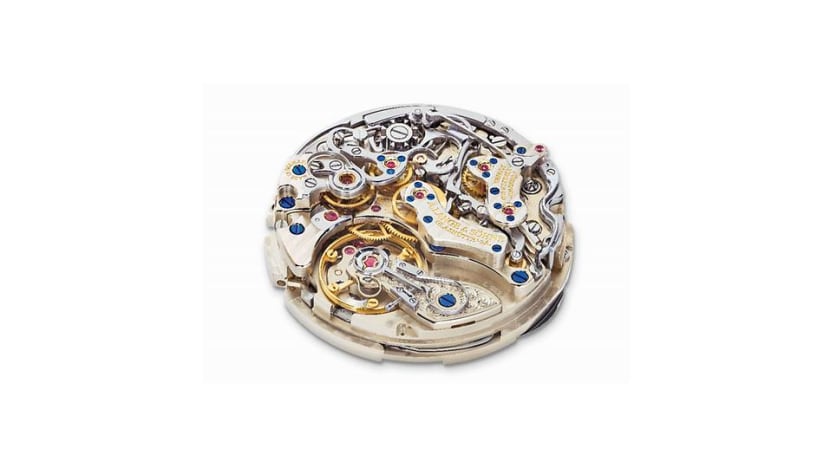
Naturally, each mechanism has its pros and cons. The column wheel offers better tactility, and feels smoother and more consistent to actuate, much like a good rifle trigger. It is, however, more expensive to produce and assemble. Cam actuation, on the other hand, tends to have more play – the pushers may feel “sticky” or require different amounts of force to start and stop. It is far easier to produce and more robust though.
The coupling mechanism, meanwhile, is like the transmission mechanism of a car, and refers to how the chronograph siphons energy from the “main” movement. Again, two main variants exist today. The horizontal clutch’s action takes place within a single horizontal plane – when the chronograph is activated, wheels are meshed together to transmit energy. Such a design is more aesthetically pleasing, but the initial contact tends to cause the chronograph seconds hand to jerk and/or stutter, in what’s commonly known as flutter. The vertical clutch, on the other hand, pushes two coaxial wheels against each other vertically, and uses friction to keep them turning in tandem. Although there’s no flutter with this design, it is more difficult to pull off due to the greater number of factors that must be accounted for, such as lubrication and surface finishing.
CHRONOGRAPH VARIANTS
Chronographs come in various levels of complexity. The most basic is the simple chronograph, which is controlled with two pushers – one starts and stops the complication, while the other resets it. The beauty here lies in its ability to time consecutive events – after the chronograph is stopped, it can simply be started again, to continue measuring cumulative time.
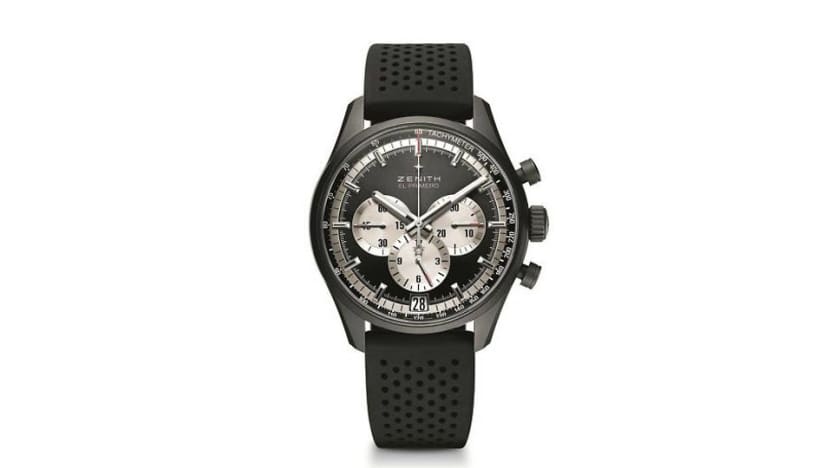
The flyback chronograph behaves exactly like the simple chronograph, but can also be reset without first stopping it. Actuating the reset pusher while the chronograph is running simply causes all the hands to fly back to zero, then continue moving without any lag. For pilots who used chronographs to time their flight patterns in the past, this was an invaluable tool, as the new leg of a navigation pattern could be measured without accurately.
The next step up is the rattrapante chronograph, also known as the split seconds chronograph. This variation gains an additional chronograph seconds hand – the rattrapante hand – and an extra pusher to control it. During normal operation, the two chronograph seconds hands move in tandem. Actuating the third pusher, however, stops the rattrapante hand to allow an intermediate time to be read and recorded. Pressing the third pusher again sends the rattrapante hand flying back under the main chronograph seconds hand, to move together again. In terms of complexity, the rattranpante chronograph is a significant step up – its movement architecture demands an additional cam or column wheel, with one other shorter, parallel gear train for the rattrapante hand. Higher part count aside, assembly also becomes exponentially more difficult given the adjustments required.

